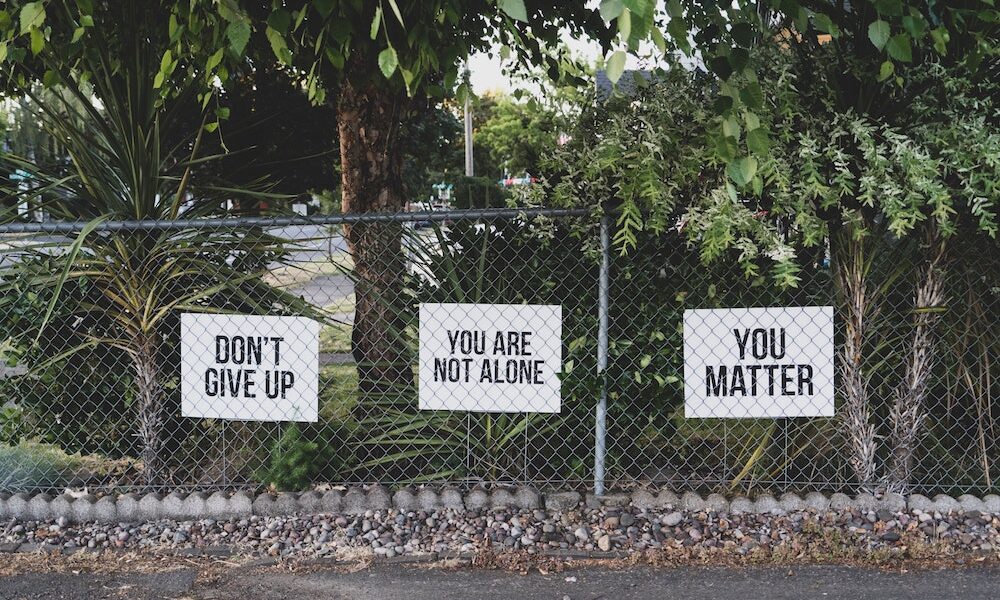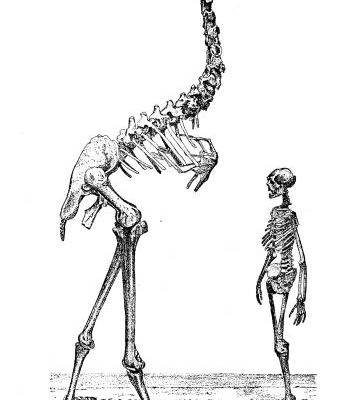Have conversations about mental health
Editor’s note: This article discusses mental illness and suicide. If you’re struggling, please reach out to one of the supports listed at the bottom of this article.
It’s that feeling you get when you’ve just had enough. You‘re all worn out. There doesn’t seem to be enough time in the day for yourself, and you’re just trying to keep up with everything. This can be any daily thing that you might be accustomed to doing such as school, a part-time job, and household chores. You put all your energy into all these things to the point where there’s no energy left for yourself at the end of the day. That, right there, is emotional burnout. A lot of people go through it. It can be a real strain on one’s mental health. Yes, mental health — it’s not a catastrophe. Let’s talk about it. I’m sure it’ll make you feel better.
Mental health can seem complex for some people, so let me break it down. Just like your physical health, your mental state needs to be taken care of. Mental health is your emotional and psychological state of well-being. These feelings, such as emotional burnout, are things to look out for and things that show us how important it is to stay aware of our mental health statuses for the sake of ourselves. We should be aware of others’ mental health for everyone’s sake. The thing is, quite a lot of people don’t get that MENTAL HEALTH AFFECTS EVERYONE. The strongest people you know can suffer mentally the most. Your dad, who you might look up to as a hero, might struggle mentally and find it hard to get out of bed, further affecting how everyone feels around the house. If your favorite teacher is having a bad mental health day and seems to have everyone working independently but hasn’t made the instructions clear and is not responsive to students asking questions, this can further affect how the students perform in class. Read that again. Got it? Good. It’s a conversation that anyone and everyone can benefit from. Having conversations about the mental health of teens more often in schools will further remove the stigma around it. For some people, including myself, talking about feelings can be hard. We’ve been accustomed to building barriers. That’s why normalizing conversations on how we’re feeling can help break down those barriers and teach us how to take better care of one another, especially in a society where the great majority puts productivity over mental well-being and sometimes, unfortunately, even physical well-being.
Everyone is better off speaking about mental health freely instead of having to suppress these feelings because it can lead to lots of unhealthy coping mechanisms.
A blog post called “The State of Mental Health in the U.S.” published by Regis College states that “According to the 2016 National Vital Statistics Reports issued by the Centers for Disease Control and Prevention (CDC), nearly 43,000 deaths each year are determined to be suicides.” And, every cause has effects. The rate of this statistic is most likely high due to the lack of resources that people who are struggling mentally can find, which causes them to think that suicide is the only option. Now the resources that can be funded to ensure the mental health of others include things such as communities incorporating group therapy into their routines often, more accessible counselors and therapists for students, making more private and custom forms of therapy more affordable for the average person, and so much more.
Let me just say that emotional burnout is one thing, but there are way more mental health concerns that we should also be able to talk about such as anxiety, depression, and etc. It’s been reported by the National Alliance on Mental Illness that around 19% of people in the U.S. suffer from anxiety disorders while approximately 8% suffer from depression — two of the highest percentages of disorders in U.S. populations compared to any other mental illness in this country to date. With that information in mind, it’s important to know that it’s not bad to have these things and it’s not a personal failure. In fact, it only shows that mental illness is much more common than you realize. A lot of people are going through the same things that you might be going through. Knowing this can make people feel more comfortable with talking about their issues, knowing that everyone in their circle is feeling the same way one way or another. As difficult as it might be at first, it’s important to take the time you need to process those feelings and also talk about them in a safe, judgment-free space. That is why stigmas on mental health must be dismantled so actual progressive conversations can be had. Having these conversations can further improve the mental health of people of all ages, help improve performance in school and the workplace, increase the feeling of optimism, normalize taking breaks, and make everyone feel like they always can have someone to go to when going gets rough. This would also show the beauty in vulnerability.
Mental health can be a touchy subject for a lot of people. However, the topic wouldn’t be as touchy if it was talked about more and if there were more resources available for people to freely talk about them without shame. Awareness isn’t enough. Action must be taken to ensure the mental health of ourselves and others because this shouldn’t be an issue we look at systemically. We should look within ourselves, as well.
I, for one, have struggled with emotional burnout — that feeling of being overwhelmed by everything being thrown at me. I’m sure that a lot of people can relate. Action can start with you, and it can start small, one step at a time. Try to be there for your friends and family members a little more than just saying “I’m here for you.” Offer support such as homework help, or do breathing exercises with them. Let them rant out their frustrations to you if you have space for it. We’re all going through things, especially during this pandemic, so coming up with ideas and demanding change is what we can do as of now. Let’s not undermine our abilities to create change because it is powerful.
If you are interested in mental health treatment, you can research options and apply for financial support using the To Write Love on Her Arms Find Help Tool.
If you are in crisis, you can reach the Samaritan’s Hotline by phone call or text message at 877.870.4673 or chat online at the Suicide Prevention Lifeline website.





-150x150.jpg)




